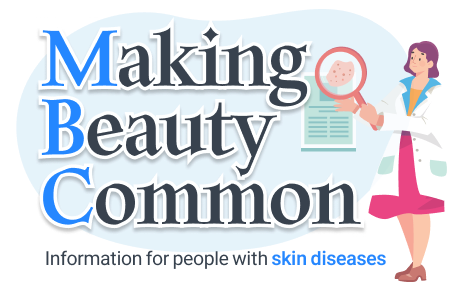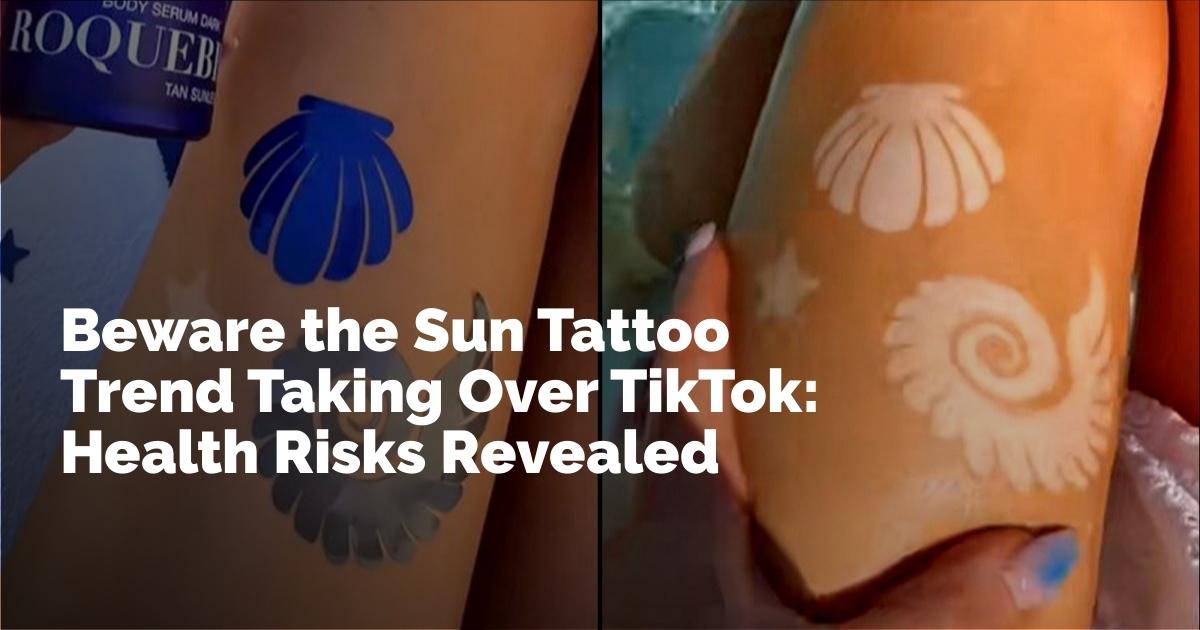Understanding the TikTok 'Sun Tattoo' Trend
A recent TikTok trend, known as the ‘sun tattoo,’ has taken social media by storm, especially among the younger generation. This latest craze involves individuals creating designs on their skin by using sunscreen as a stencil and then allowing the sun to "burn" the artwork onto their bodies. While this may appear to be a harmless and creative way of expressing oneself, the reality is far more concerning and has sparked a wave of criticism and warnings from health professionals.
The Process Behind Sun Tattoos
The method for creating a sun tattoo is surprisingly simple yet risky. Participants apply sunscreen in a specific pattern or design on their skin. Once the design is complete, they expose themselves to direct sunlight, allowing the uncovered skin to tan or burn, thus leaving an imprint of the design. What many do not realize is that this practice can lead to significant skin damage, including the risk of developing skin cancer, particularly melanoma, which is a serious and sometimes fatal form of skin cancer.
Health Implications and Concerns
The medical community has expressed grave concerns over this trend due to the dangerous exposure to ultraviolet (UV) rays that it requires. UV radiation from the sun is a major risk factor for most skin cancers. Excessive sun exposure without protection can lead to sunburn, premature aging, and, most alarmingly, increase the risk of skin cancer. Dermatologists emphasize that no tan is a safe tan, and any form of deliberate sun exposure to achieve skin darkening is harmful.
Warnings from Health Authorities
In light of this trend, health authorities worldwide, including France’s health minister, have taken to public platforms to condemn the practice and warn young people about the potential health risks. The minister urged the public to recognize the serious implications associated with sun tattoos and to prioritize skin health over temporary aesthetic outcomes. The warnings aim to educate individuals about the dangers of excessive sun exposure and to promote healthier and safer alternatives for skin decoration.
Long-term Effects of Dangerous Sun Exposure
Chasing after a fleeting trend, many young individuals risk long-term skin damage. Sunburns, one of the immediate results of sun tattoos, can lead to painful blistering and peeling. Repeated sunburns accelerate the skin aging process, leading to wrinkles, spots, and loss of skin elasticity. More critically, they significantly increase an individual's likelihood of developing melanoma later in life. Melanoma is notably severe, with a high potential to spread to other organs if not detected early.
The Importance of Sun Safety
With the rising popularity of sun tattoos, it is crucial to reiterate the importance of sun safety. The World Health Organization recommends using broad-spectrum sunscreen with SPF 30 or higher, seeking shade during peak sunlight hours, and wearing protective clothing and hats. Educating young people about these practices is vital in preventing the adverse health effects that are associated with UV exposure.
Alternatives to Sun Tattoos
For those seeking unique and artistic expressions on their skin, there are several safer alternatives to sun tattoos. Temporary tattoos, henna designs, and body art paints offer creative outlets without the risk of harmful UV exposure. These options not only provide safe methods to adorn the skin but also enable individuals to change their designs frequently, unlike the semi-permanent sun tattoos.
Conclusion
The TikTok sun tattoo trend highlights the power of social media to influence behaviors and desires, particularly among impressionable groups like teenagers and young adults. However, it also serves as a reminder of the potential dangers posed by these viral trends. As the conversation around this craze continues to unfold, the central message remains clear: health and safety must be prioritized over transient aesthetic fads. As educational campaigns and health warnings circulate, it will be important for individuals to make informed decisions and embrace practices that safeguard their well-being in the long run.
출처 : Original Source

